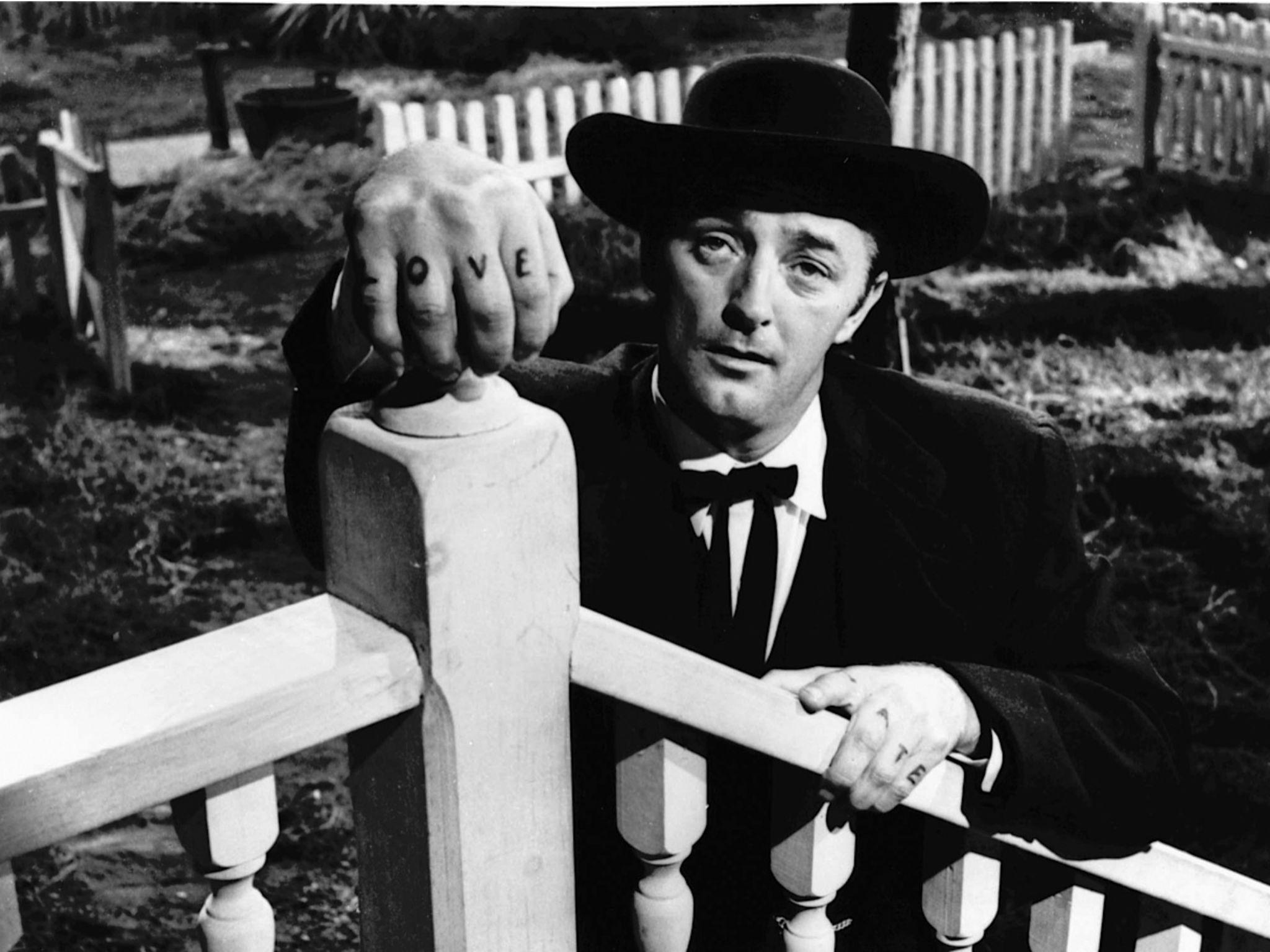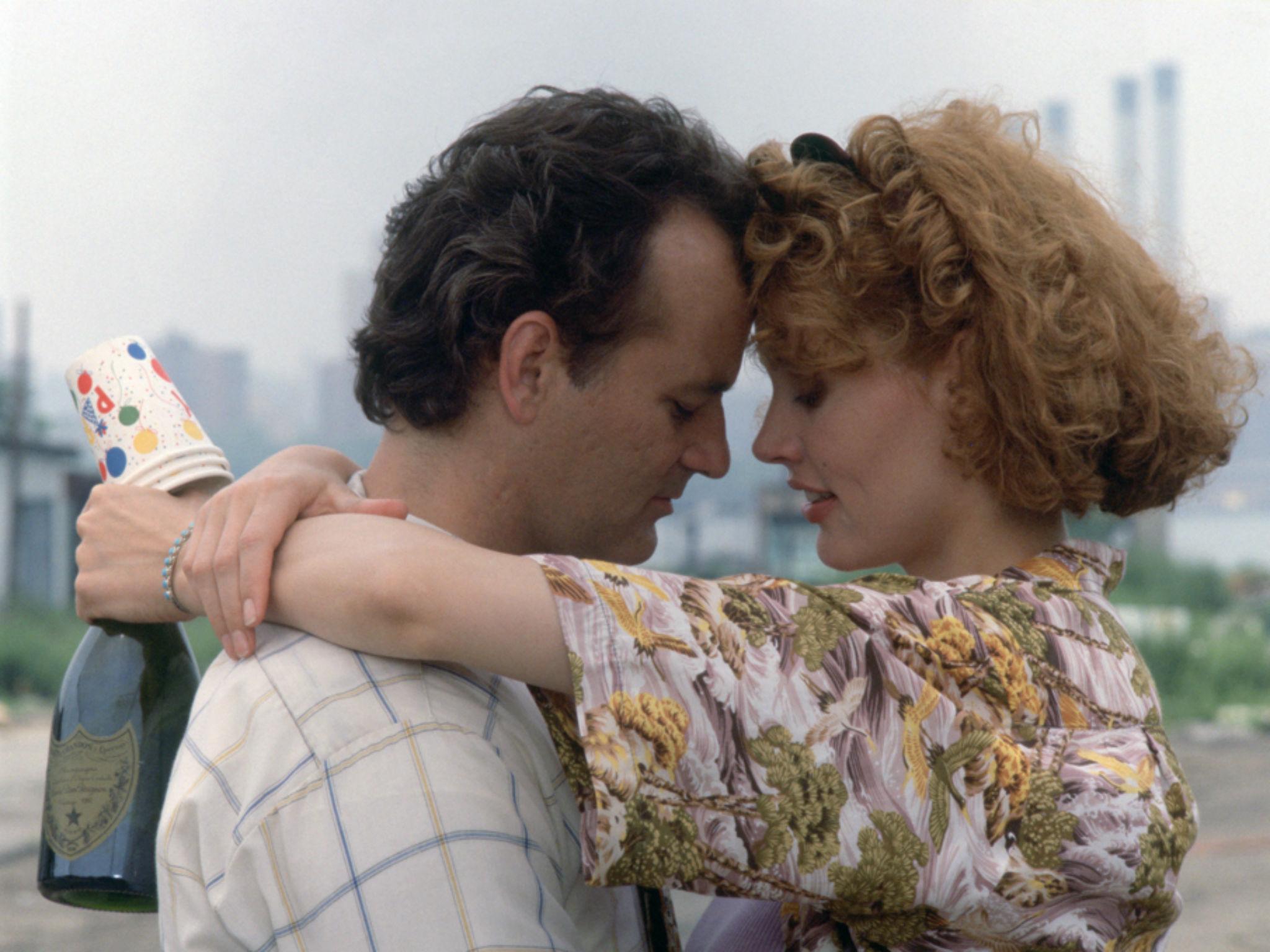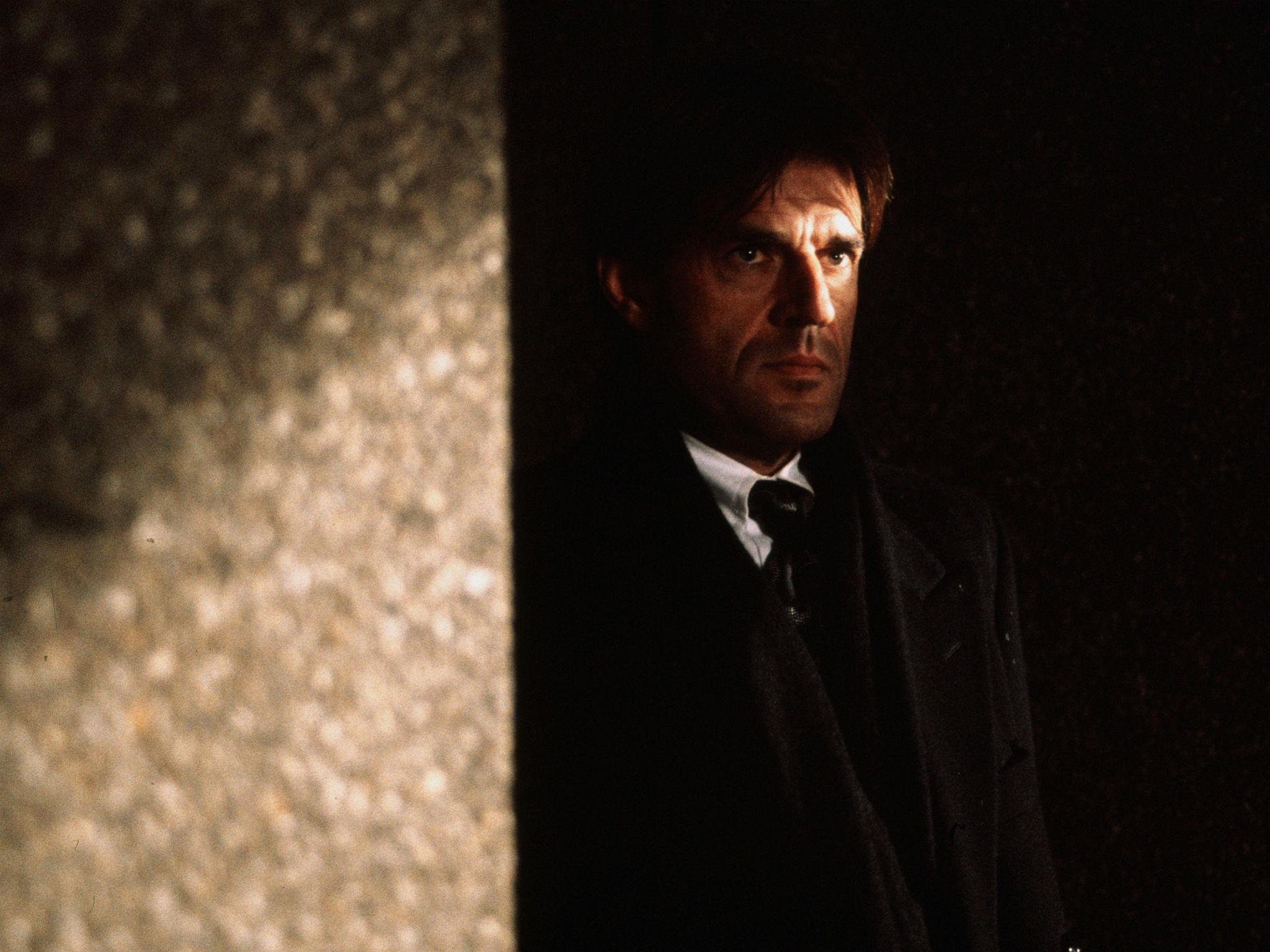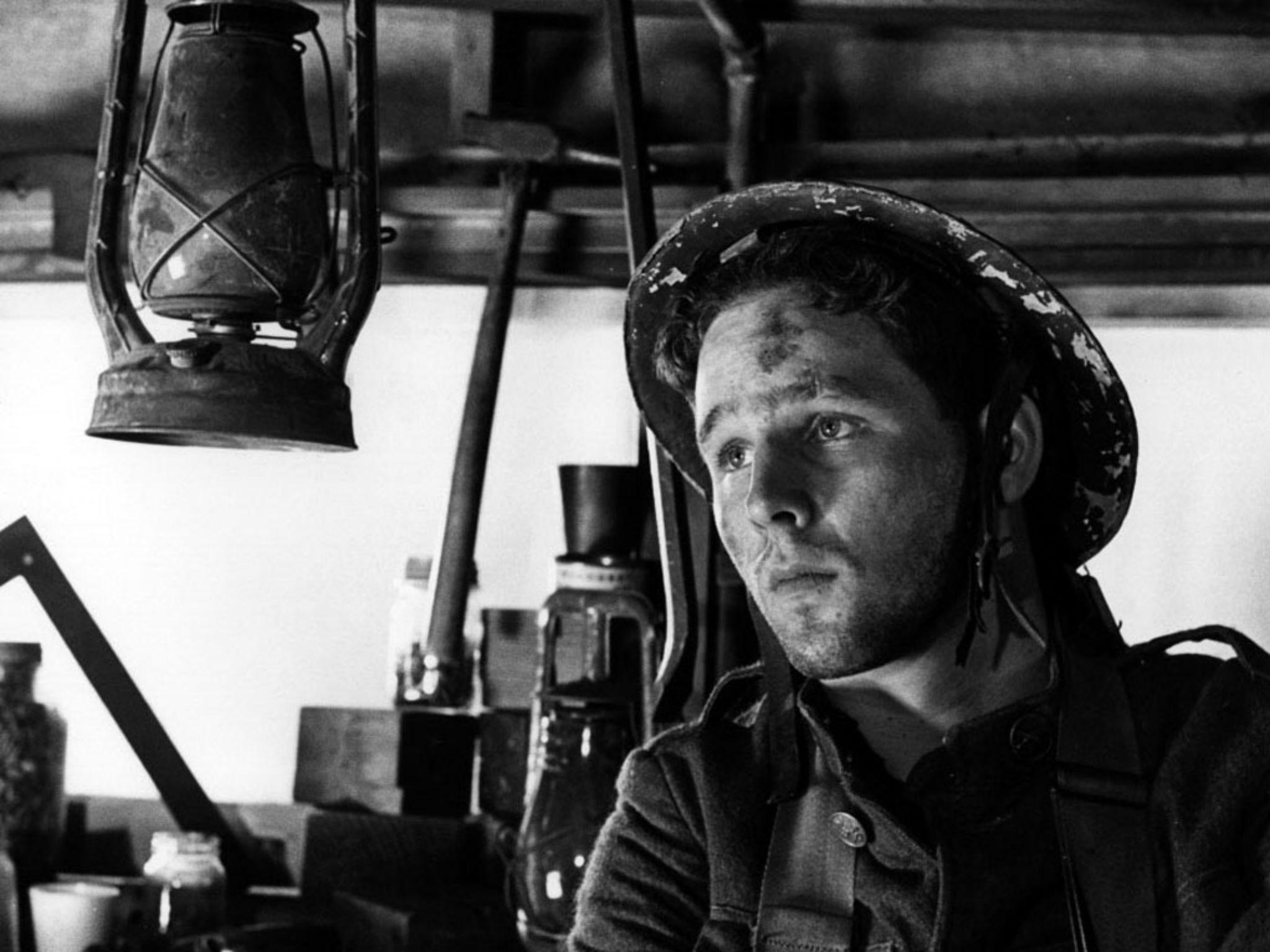One Film Wonders: The club of filmmakers with only a single feature credit to their name
From Gary Oldman's 'Nil By Mouth' and Bill Murray’s 'Quick Change', we take a look at filmmakers who stepped behind the camera just the once, as Home in Manchester screens its new season 'One Hit Wonders' this month

Your support helps us to tell the story
From reproductive rights to climate change to Big Tech, The Independent is on the ground when the story is developing. Whether it's investigating the financials of Elon Musk's pro-Trump PAC or producing our latest documentary, 'The A Word', which shines a light on the American women fighting for reproductive rights, we know how important it is to parse out the facts from the messaging.
At such a critical moment in US history, we need reporters on the ground. Your donation allows us to keep sending journalists to speak to both sides of the story.
The Independent is trusted by Americans across the entire political spectrum. And unlike many other quality news outlets, we choose not to lock Americans out of our reporting and analysis with paywalls. We believe quality journalism should be available to everyone, paid for by those who can afford it.
Your support makes all the difference.For some directors, making films comes very easily indeed. If Steven Spielberg has a gap in his schedule, he can put everything together for a new movie at a few weeks’ notice. (His Oscar-nominated The Post starring Tom Hanks and Meryl Streep was delivered in an unexpected break between other projects.) Ridley Scott is equally adaptable, making and remaking movies with the minimum of fuss.
For other filmmakers, though, the idea of completing even a single feature is daunting in the extreme, something they are only able to accomplish once in their lives.
A special season at Home in Manchester this month explores the phenomenon of the “one film wonder” and the club of filmmakers with only a single feature credit to their name.
You might imagine that these directors botched the job; that the reason they never made a second film is that their debuts were woeful; that audiences shunned them and potential financiers of future projects were scared off. This is not always the case at all. The season includes some brilliant work (for example Charles Laughton’s The Night Of The Hunter) alongside several quirky and original movies that have long since achieved cult status.
Film history offers many examples of superb movies from first-time directors who never made a second film. This list includes such titles as Gary Oldman’s Nil By Mouth (1997), Barbara Loden’s Wanda (1970) and Carine Adler’s Under The Skin (1997).

Oldman was one of the main investors in Nil By Mouth as well as being its writer and director. “That meant I could work on it and create a bubble rather than answer to the suits,” he later recalled. The film gives a raw and violent account of working-class family life in south London. It features heroin addiction, domestic abuse, lots of boozing and astonishing performances from Ray Winstone and Kathy Burke. It is all shot in an in-your-face style reminiscent of the Alan Clarke films of the 1980s.
Nil By Mouth was a huge critical success. Feted in Cannes and sold around the world, it looked like the start of a brilliant new directing career. Oldman had written a script he wanted to film next. He was determined to do it in the same way, with unknown actors and in full artistic control. Financiers, though, wouldn’t support him.
“Basically, that’s why I didn’t make another film: I couldn’t make it how I wanted to make it,” he remembers. “I’d rather it sit on the shelf than make it for the sake of making it and look at it and say I compromised.”
Oldman, one of the greatest British screen actors of his generation and winner of the Best Actor Oscar for his recent performance as Winston Churchill in Darkest Hour, is therefore still a member of the “one film wonder” club. As a director, he refused point blank to allow anyone else to dictate his artistic decisions. “With Nil By Mouth, if I f***ed up, I f***ed up and I was prepared to take the [flak]. If I made mistakes and it didn’t work, it really was because of me.” He was never going to be “bullied” into casting names because of their perceived box-office value. “I don’t want to work like that.”

In Charles Laughton’s case, The Night Of The Hunter flopped at the box office and received a mixed reception from the critics. Laughton found the experience of directing the southern Gothic tale – dealing with stars such as Robert Mitchum and Lillian Gish, keeping to schedule and budget – nerve-wracking in the extreme. The film is now regarded as a gilt edged masterpiece but, at the time, its director lost the appetite to return to the fray. His plans to direct an adaptation of Norman Mailer’s novel The Naked And The Dead were soon abandoned. (Raoul Walsh made the film instead.) Laughton died seven years later, still a member of the “one film wonder” club.
Curator Jason Wood, who has put together the Home season, points to the many different reasons why filmmakers’ directorial careers stick on a single movie. Often, they’ve given everything to climb to the summit once and don’t have the desire to repeat the feat. Sometimes, they feel they’ve said what they want to say already. Making a second film would be to repeat themselves and risk anticlimax in the process.
Wood first had the idea for the season after seeing the restored version of Marlon Brando’s idiosyncratic western, One-Eyed Jacks (1961), at the Cannes Festival. “It really struck me as such a singular and, in its own way, quite brilliant film,” he says of Brando’s folie de grandeur.
When he researched the reasons why Brando hand’t directed further films, he discovered that the actor “just had no truck with Hollywood or no truck with studio executives and certainly no truck with studio executives suggesting he do things in any other way than the way he wanted to do them”. In other words, his instincts were identical to those of Gary Oldman three decades later.

Works screening in the Home season include the distributor turned filmmaker Andi Engel’s Melancholia (1989), Bill Murray’s Quick Change (1990), which Murray co-directed with Howard Franklin, and Dalton Trumbo’s Johnny’s Got His Gun (1971).
“I began to look not only at the films that were made but at the reasons why those people didn’t ever make a film again. I think some of those reasons are almost as interesting as the films themselves,” says Wood.
In Engel’s case, he had a distribution company, Artificial Eye, to run. Engel was a flamboyant figure who, as Wood puts it, “was fond of a tipple”.
“I think Andi was also afflicted by a lethargy,” Wood, who knew him well, suggests. “He did start to write another film, called Black Fear, but it never progressed. He also started to write a film that was even more biographical than Melancholia, which dealt with his upbringing in Russia.” This second project didn’t get off the ground. Nor did his plans for a pulp novel. Engel came up with a memorable opening line, “I knew I should have smelt a rat but then I always was a greedy man”, but didn’t get any further than that.
Trumbo’s Johnny Got His Gun was adapted from the previously blacklisted writer’s own 1939 novel, about a young hideously wounded soldier with no arms, no legs, no ears and no mouth. He is alive (somehow) and conscious but is shut off from the world and “the nearest thing to a dead man on earth”.
In the middle or the Vietnam war, Trumbo felt that the story had a new resonance. He had originally planned to collaborate with the great Spanish director Luis Buñuel on the film but they weren’t able to raise financing. In the end, Trumbo directed it himself. The main character (played by Timothy Bottoms) describes himself as “a piece of meat that keeps on living”. The tone is pitched somewhere between exploitation and art house. That, though, is part of its richness and strangeness. For all its indulgences, there is no other war film quite like it. Trumbo was in his late sixties when he made it and died a few years later in 1976.
One of the most striking British debuts of the late 1990s was Adler’s Under The Skin (1997), starring Samantha Morton as a young woman trying to cope after the death of her mother who hurls herself into a hedonistic life of one-night stands. Mystery surrounds Adler’s failure to make a second feature. Some speculate that she simply wasn’t given the chance in a period when women directors struggled for backing.
Wood believes that many of the directors featured in the season were simply too offbeat in their visions or too stubborn in their quest for independence to be allowed to direct again. That’s no reason for ignoring their work.
Today, their films often seem far, far fresher than the hack movies of other, more prolific directors who agreed to the compromises their financiers demanded in order to keep working.
One Film Wonders runs throughout March at Home in Manchester (homemcr.org/event/one-film-wonders)
Join our commenting forum
Join thought-provoking conversations, follow other Independent readers and see their replies
Comments